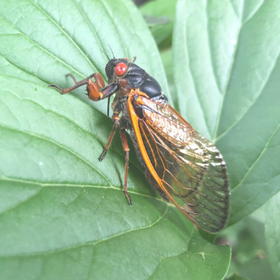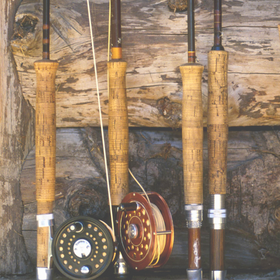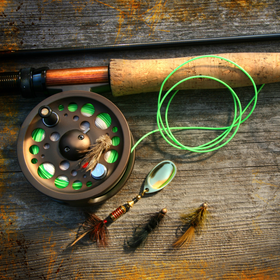Like most fly fishing ‘discoveries’ this is probably not new, it might even have a name and a ‘following’. Although I have taught this to many and to all of them it was new. The discovery came to me quite by accident, when teaching one of my sons to mend floating line, while he was fishing nymphs.
The mending technique was something he couldn’t quite master, only managing to mend ¾ of the line, leaving a fish hook pattern in his line, with the fly being the eye of the hook upstream, from the strike indicator which was downstream and acted as the bottom of the shank, then was the fish hook and the rest of the line leading backwards up to the rod and my son. To top it off his casts were often shorter then necessary, so he had to feed line before the mend making the whole thing a mess.
As the drift continued he fed line and the fish hook turned to a bow and the nymph swung like a streamer. To our surprise he began getting more strikes, in the beginning third of the drift. A part of the drift that is more often than not just setting up the nymph for the sweet spot. But here the pivot and drag of the nymph actually increased strikes. It seems the tautness from the indicator increases it effectiveness.
Through the years I have honed this technique and am now able to control the depth with the size of the ‘fish hook’ in the line, and the amount of line fed. It can double the amount of ‘quality presentation’ in every cast and imparts different speed and action from the dead drifted nymph. And as my young son once showed me it is quite simple to get the hang of.
Simply cast short and then do a partial mend, and feed the line, to create the fish hook. Let the water do the rest, the important thing to remember seems to keep a slight drag from the indicator to the nymph, so once the indicator is on the drift you are done. Although you can manipulate the depth and speed with the size of the fish hook..
Free Standard Shipping
On orders $45
On orders $45




